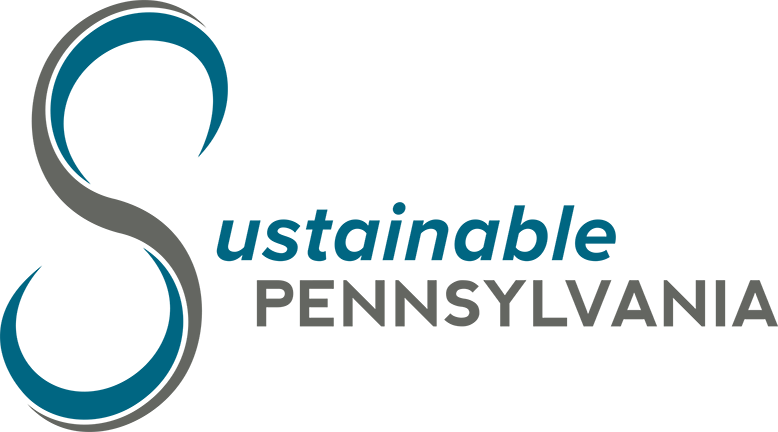Description:
Bicycles offer an affordable, healthy mode of travel that can connect people to economic opportunity, education, socialization, and recreation without the negative environmental impacts of gas-powered vehicular transportation.
Key to enabling communities to effectively advance bike-riding in a municipality is the installation of critical infrastructure that supports safe, connected riding. Routes should be created with a focus on connecting people to job centers, local businesses, recreational assets, and other amenities, as well as clearly defined and well-marked to keep drivers safe or, ideally, separate from motorized traffic.
The League of American Bicyclists’ ‘Bicycle Friendly America’ program provides a roadmap of actions and best practices that municipal leaders can use to make their communities safer for people on bicycles.The program’s “5Es Framework” offers helpful direction for municipalities looking to advance a bike-friendly effort in their communities:
- Equity, Diversity and Inclusion considerations are woven throughout the other categories and focus on issues related to the physical accessibility of bike infrastructure, whether such infrastructure and programs feel welcoming and usable to a diversity of populations, and inclusivity in ongoing planning efforts.
- Engineering considerations prioritize the importance of physical reinforcement of bike-friendly culture through built infrastructure that is interconnected, convenient, and offers a variety of safe corridors such as shared-use trails, on-road routes, and protected lanes, with supportive amenities like bike parking and fix-it stations.
- Education programs can build the safe-biking skills, awareness, and confidence of a community’s residents, workers, and visitors while also serving to educate motorists and public safety officers on the rights of cyclists on the road.
- Encouragement from local leaders can incentivize bike riding through special events, helpful signage, discounts, and even challenges with prizes. Investing in bike sharing systems can help to advance interest in bike riding locally.
Evaluation & Planning allows for community members to continuously improve the safety, connectedness, and accessibility of bicycle routes and other infrastructure, with special attention to be given to key metrics such as relevant public safety data or number of low-income households within a certain distance of a dedicated bike lane or trail.
